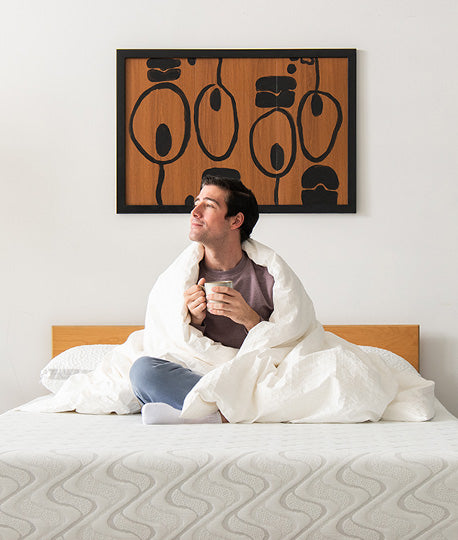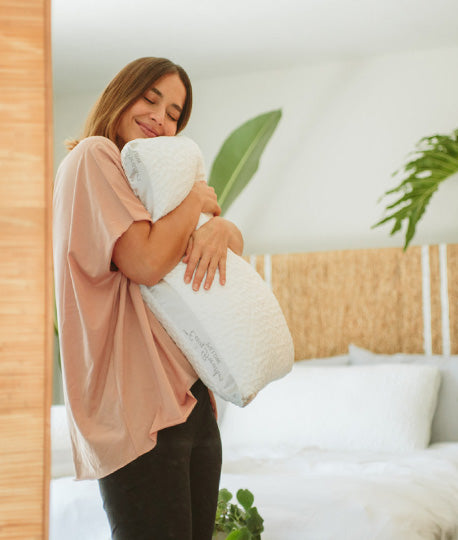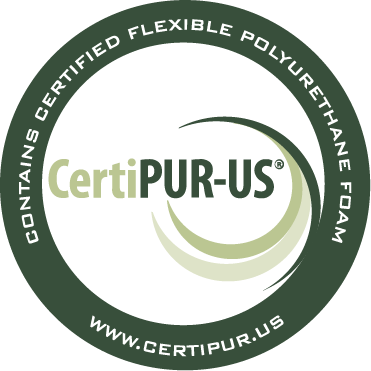How to Make Your Mattress and Bedding Last for Years


They say that mattresses double in weight every ten years as a result of built-up oils, skin cells, and dust mites. While research has not borne out the 'doubles in weight' claim, mattresses do collect remnants of everything in your bedroom, especially you.
Even with the sheet in between you and the mattress, layers need to be breathable and soft, meaning that they don't form substantial barriers. And every time you move, you grind or work more dust and particles into the mattress.
Often one of the biggest laments of people to put a lot of effort into choosing a favorite combination of mattress and pillows is that you must eventually replace them or sacrifice comfiness.
Here’s an overview of how to make your mattress and bedding last for years:
When Good Mattresses Go Bad
Anyone who has ever examined an old mattress knows how gross they can get. The disturbing mix of graying and yellowing is a clear sign that someone has spent many potentially night-sweating hours laying in that bed over the last several years and the sad indent in the middle shows that even the stuffing and structure inside the mattress has been worn down from the constant use. While you might think that the soft center of an old mattress is caused entirely by pressure, in fact, allowing your sebaceous oils and a host of dust mites invade your mattress causes it to decay faster than it would have otherwise.
Well-Used Pillows Also Decay
Of course, if you think mattresses get used up with every toss and turn, imagine the abuse your pillow receives in terms of friction and exposure to personal debris. There's a reason the oldest pillows in your house are yellowed and look stained though nothing ever spilled on them. You spend a lot of time snuggling and rubbing your head into your pillows and that discoloration comes from a combination of scalp oils, face oils, and night sweat. And just like the mattress, the blemish isn't the only damage your pillow is taking. The fill will eventually become weak or lumpy, unable to support you completely which is why these pillows often fall out of favor whether or not you realize exactly why you don't like them anymore.
The Real Problem with Bedding Decay
We're talking about the two different ways that bedding decays. The first is perfectly normal wear-and-tear. Every time you flop on the bed or snuggle into a pillow, you put a little pressure on the internal structure and filling of each. Every mattress and pillow presumably has a 'lifetime' number of flops and squeezes, but it takes literal decades to reach these with items of even moderate quality.
While it is possible to break a mattress with simple mechanical overuse, what tends to break down bedding years before its time is exposure to skin cells and the dust mites that dive right in to eat the dead skin cells.
The problem is that dust mites are not precise. While they want to eat the skin cells and live in almost everything in our homes to do so, they can also contribute to breaking down the material inside your mattresses and pillows, which is why yellowed bedding also tends to be lumpier and less supportive. Yes. But even perfectly normal.
How to Protect New Bedding
While there's no getting the dust mites out of your old mattress, the good news is that you make a real difference when you finally decide to buy a new mattress and pillows. With modern bedding technology, you don't have to accept a bed full of dust mites as an inevitability. It is possible to protect everything without sacrificing an ounce of comfort or put up with nights of soft plastic crinkling. As it turns out, certain fabrics woven together tightly enough can act as a barrier against dust mites, and you can even find comfortable covers that are moisture resistant that can protect the fundamental assets of your bedding from the consequences of night sweats.
The key is a hypoallergenic mattress and pillow covers. Hypoallergenic covers have fabric and weave that is resistant to things like pollen and mold spores and woven tight enough to keep dust mites from penetrating the barrier. You can even get a hypoallergenic duvet cover for complete protection. What you want to do is buy your hypoallergenic covers at the same time that you buy a new mattress or pillow. The moment you have both at once put the cap on your bedding and then, only then, enjoy your first big flop.
Knowing When to Wash
Of course, the protective covers alone can't keep you safe from allergens and occasionally-allergy-inducing dust mites because these go wherever you do. Both come and go with you, blow in on the breeze, and inevitably gather on your bedding. To keep your bed almost entirely free of these stuffing-eating extras, it's also important to wash your sheets and blankets at least once a week. Hypoallergenic sheets can help with the situation but if you'd rather stick with your current favorite kind of layers, keep a few sets and cycle them regularly with thorough washing in-between.
As for the protective covers, you'll want to wash these every few months, six at the most. They can repel dust mites and allergens, but the sheets themselves do eventually need to be cleaned to provide the best performance for both you and the mattress. Wash your covers on the hottest setting that is safe based on the instructions they came with and try not to handle your mattress and pillows until you can recover them. Then you can remake the bed with soft, clean sheets and go right back to enjoying a clean, comfortable place to flop, read, and sleep.
The way you treat your mattress may not seem to matter in the first year, or even the first five years, but eventually the consideration you show will have a significant effect on the quality of your sleep and also the quality of your breathing while you sleep. For more great bedding tips and tricks for genuinely enjoying your bed starting this year, contact us today!




